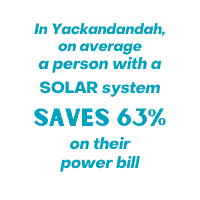
TRY was started in 2014, and gosh, after the events of 2020 how far away does that seem? Six years of of concerted, determined effort, many long days, scores of grant applications, numerous market stalls and many fearless chats. They seemed to fade into the background in 2020’s turbulence but their legacy is still there.
We now have three functioning microgrids, 191 buildings contributing to the minigrid, an awesome community energy retailer, Indigo Power, and a rooftop solar density approaching 60% of buildings in the Yack valley.
We also have a public virtual power plant (VPP), with solar installations on ten public buildings and batteries at three of them, producing energy for the minigrid. This reduces the running costs for community groups, and provides resilience in times of emergency for organisations like the CFA, public hall and sports park.
We’re not finished yet though, with plans underway to expand and deepen the public VPP and promote the replacement of inefficient hot water systems. Here are a few stats covering the benefits to participants in the almost three years since minigrid operations started in December 2017 up to August 2020.

But how close are we to achieving the 100% renewables goal?
Our federally funded 100% Feasibility study is looking at that very question, and more importantly, how we progress to the target of 100%. In many ways, despite the enormous achievements of the last six years, we have only laid the all important foundations for our target and the last big push is still to come.
We have travelled through the first four stages of our five-stage roadmap and we’re entering stage five: generation and storage of renewable energy at community-scales, ie. in quantities large enough to supply the whole community, not just individual households.
We have a community-scale generation and storage installation, Yack01, about to be installed at the site of the old Yackandandah sawmill, our community-scale project. We’re also powering on with expanding the VPP and further developing resilience within the town so it can continue operating even when power blackouts occur. And recently our efforts have been noticed in the Premiers Sustainability Awards.
And we take enormous heart from the fact that our efforts are also influencing others. The small-scale microgrid trials that TRY and Mondo started are now being scaled up and run in larger pilot studies to develop a market mechanism for distributed energy resources (DER), such as the ones TRY has in its minigrid.
So how far have we come? Such a very long way! We still have a way to go but we are confident that our regenerative efforts will change the way Yack and other towns view their power supplies, and their capacity to operate in times of emergency and hardship. And of course to tackle the climate emergency. All the while demonstrating the very significant benefits, savings, autonomy and reliability, that can come to residents. We’re powering towards 2022 – just watch us!
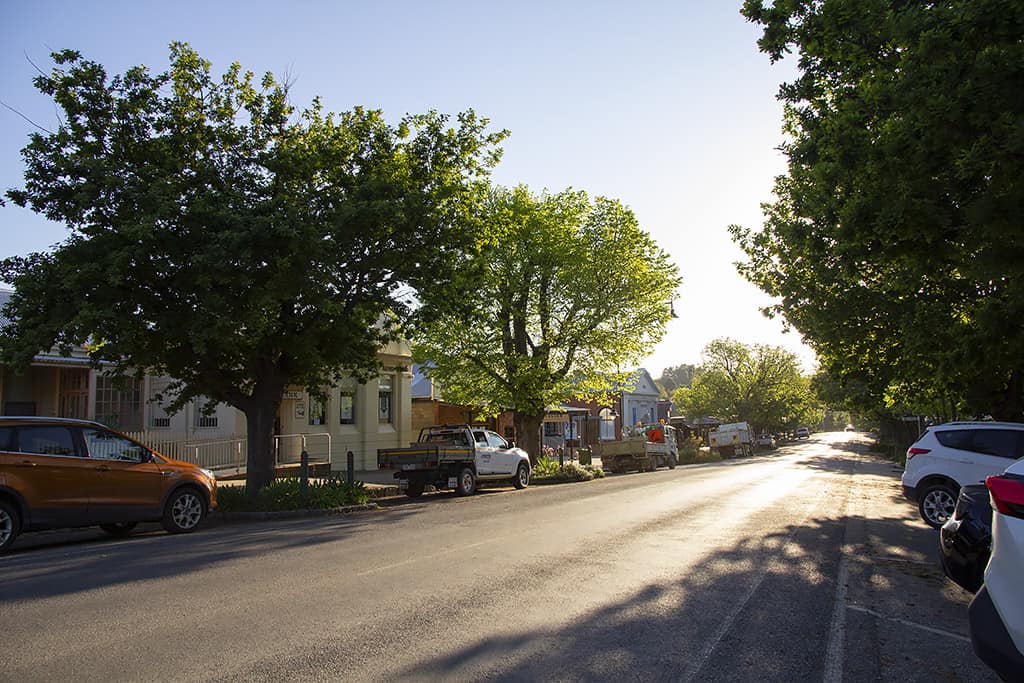

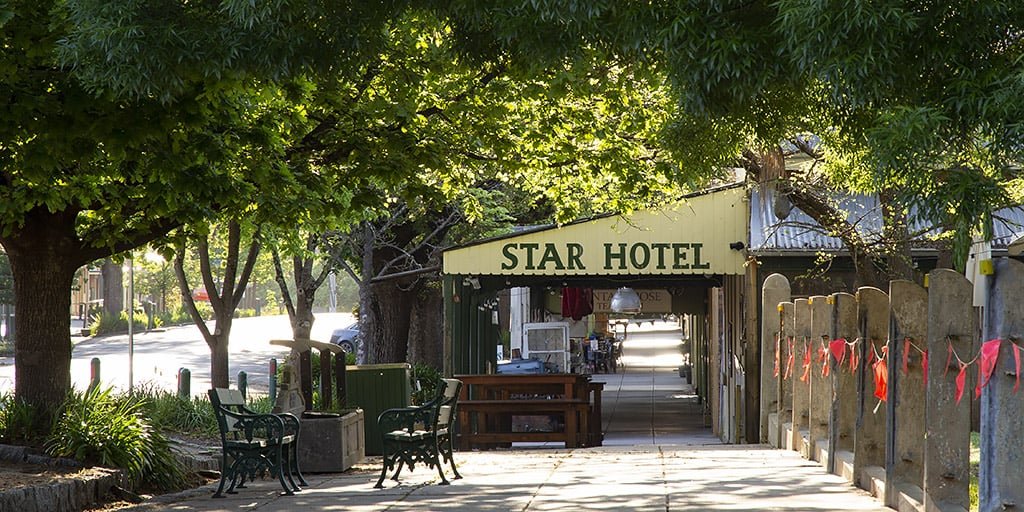
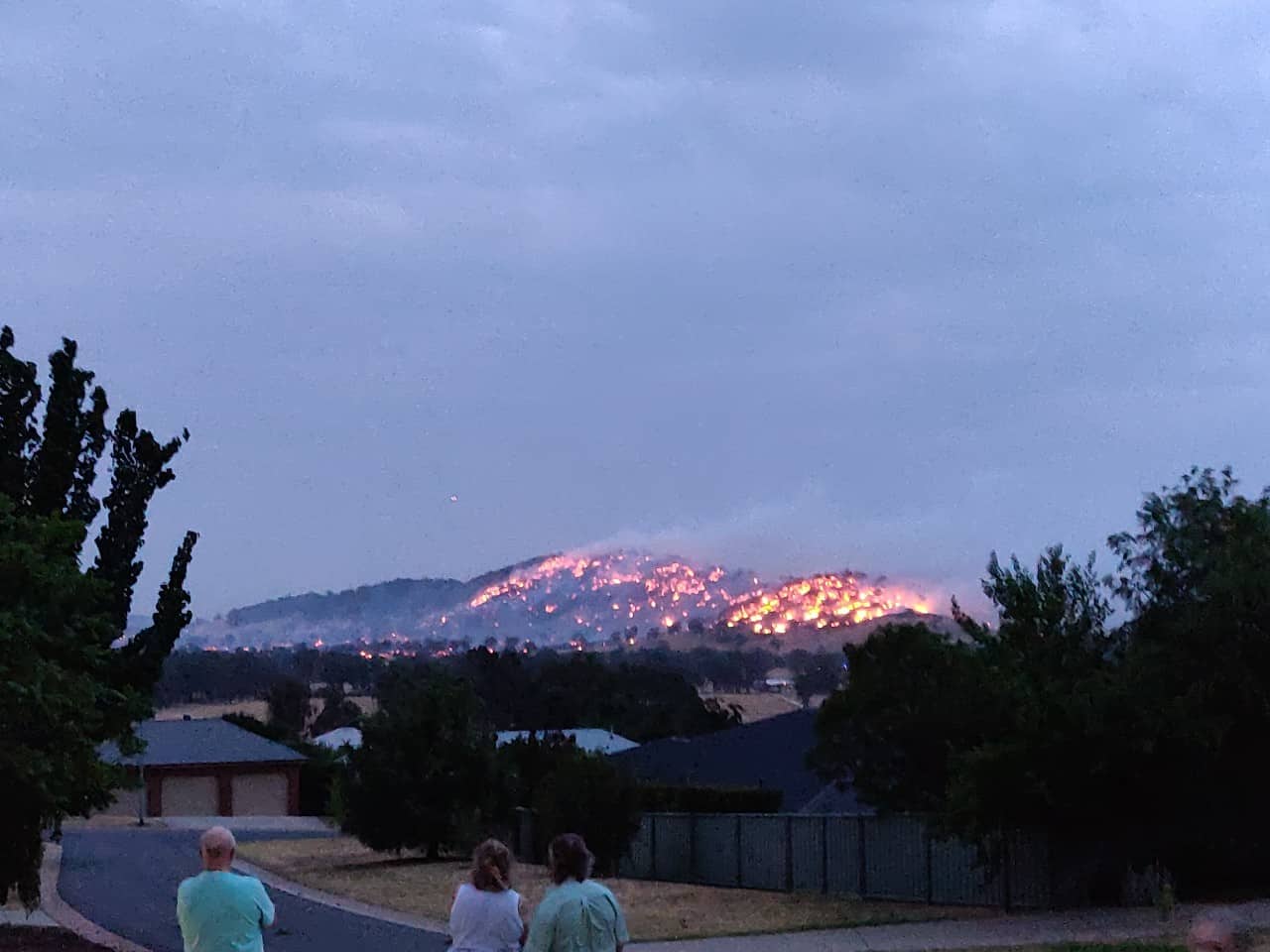
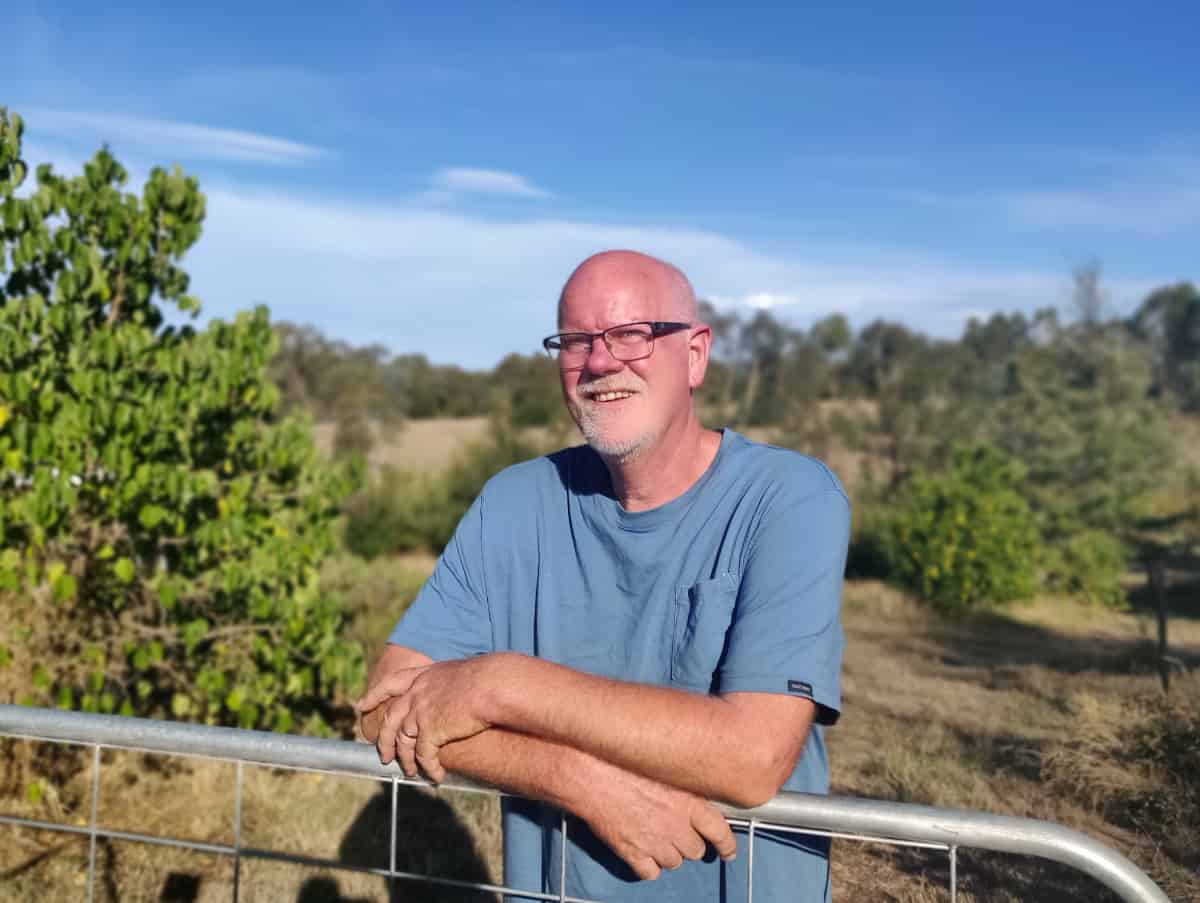
This is very interesting, You’re a very skilled blogger. I’ve joined your rss feed and look forward to seeking more of your excellent post. Also, I’ve shared your website in my social networks!